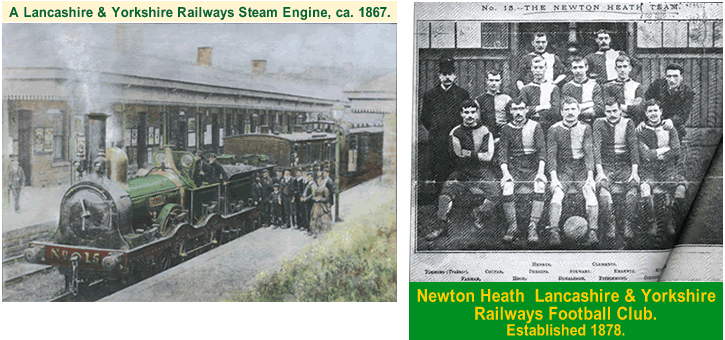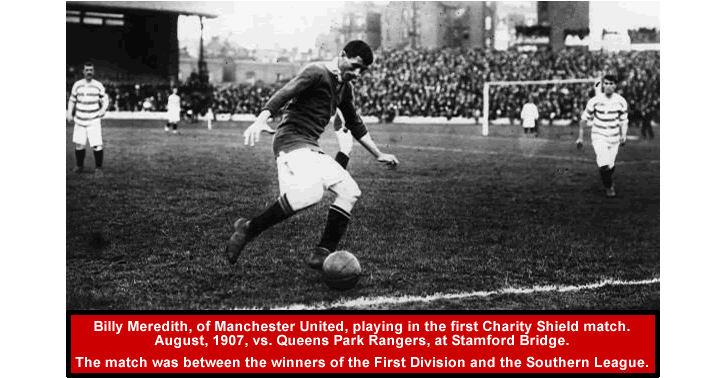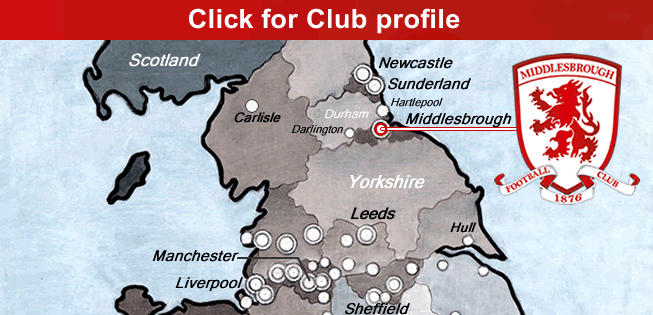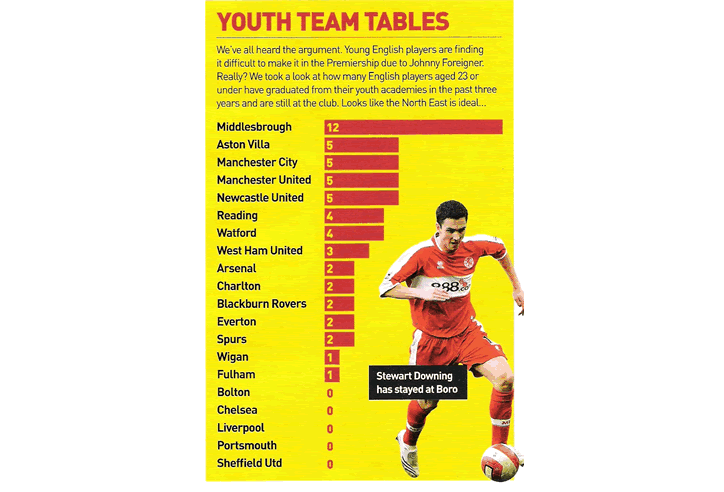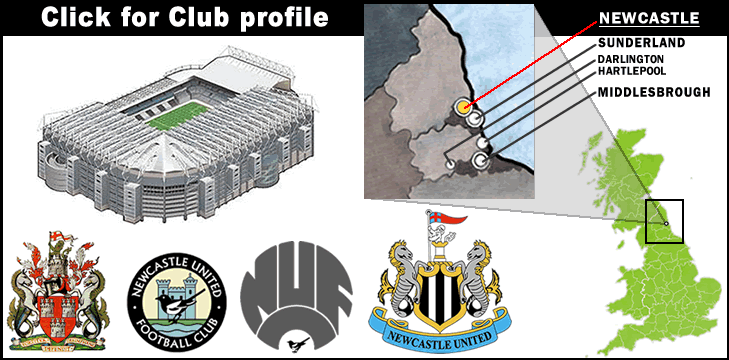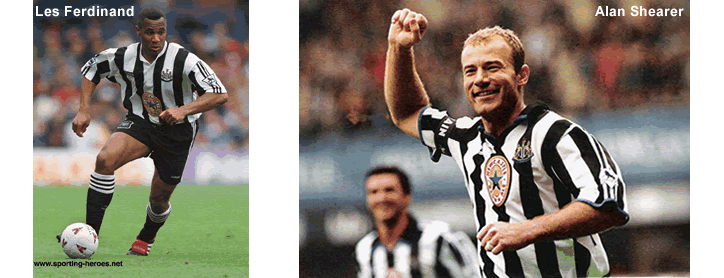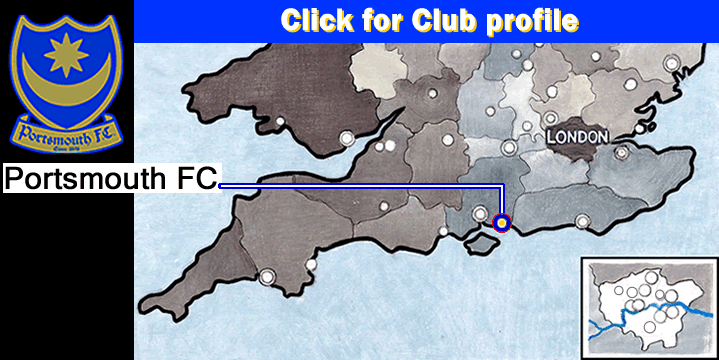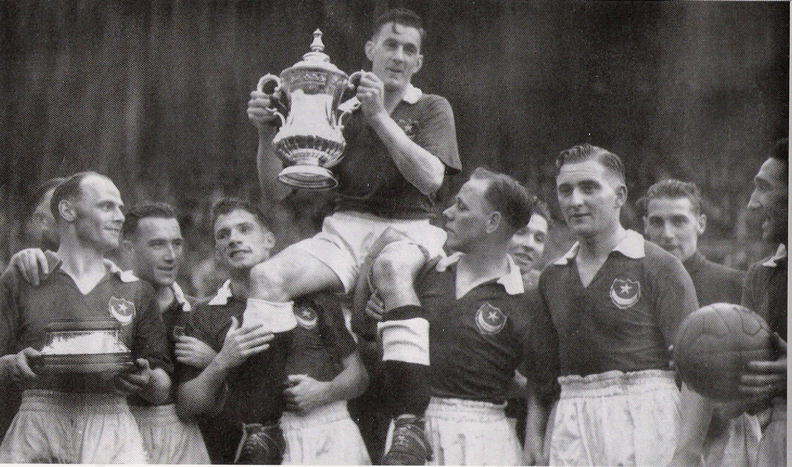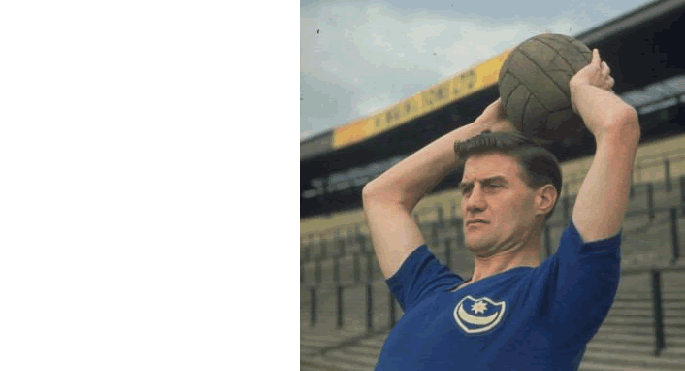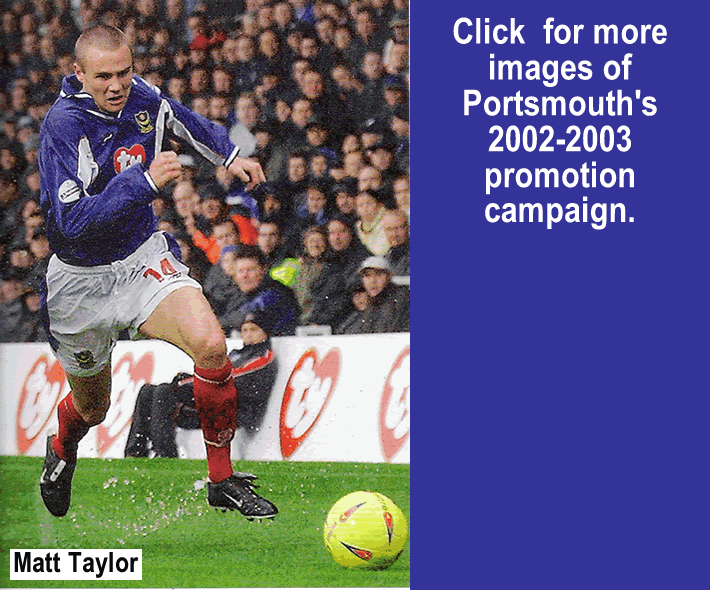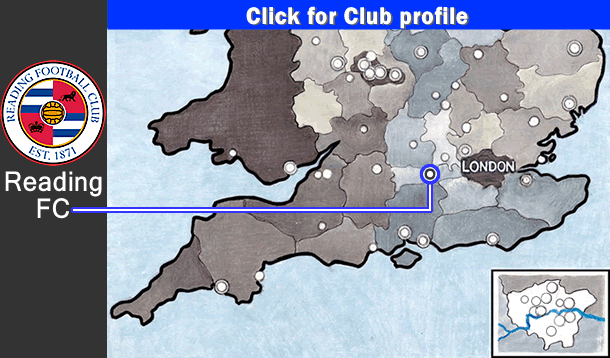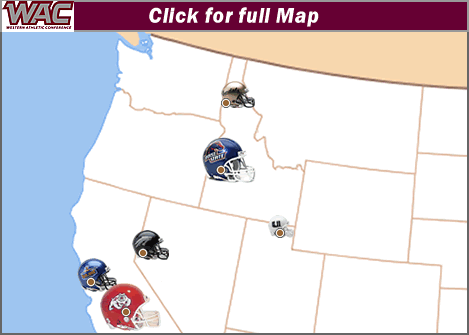…
Rail workers of the Lancashire & Yorkshire Railway depot at Newton Heath (3 miles northeast of Manchester city center) formed a football club in 1878. The club called itself Newton Heath L&YR FC, and played in green and yellow halved jerseys (the colors of the railway). For their first 15 years, they played on a small, run-down field near the future site of the Manchester Piccadilly railway station. Their nickname was the Heathens. {click for L. & Y. R. history} {click for map of L. & Y. Railway}
After falling out of favor with the L. & Y. Railway, the club moved to the Bank Street Grounds in 1892, in Clayton, 3 miles east of the city. They switched to red and white quartered jerseys, and changed their name to Newton Heath FC. The next season, 1892-93, Newton Heath were elected to the Football League, and were allowed to bypass Division 2 straight into one of the two new vacancies in the expanded First Division. But they finished 16th place two straight seasons, and were relegated to the second division in 1894 [by election]. The club would spend 12 seasons (1894 to 1906) in the second tier. In 1902, Newton Heath was in debt, and facing dissolution, with their grounds shut by the bailiffs. They were rescued by local brewer J.H. Davies. At a board meeting in April, 1902, it was decided that a change of name was in order to reflect the fresh start, and the name Manchester United FC was agreed upon. The club adopted the uniform of red jerseys and white pants.

{All images above copyright Historical Football Kits (www. historicalkits.co.uk)
In the fall of 1902, the club appointed Ernest Mangnall as manager. Over the next couple years, he brought several new players over to the club, including Charlie Roberts from Grimsby Town, in 1904, for a then-record 750 pounds. The club had been steadily improving, and in 1906, they made it back to the First Division for the first time as Manchester United. It was during the 1906-07 season that the Football Association penalized cross-town rivals Manchester City FC for financial irregularities. The club had been paying over a dozen of it’s players a higher wage than was allowed. 5 Manchester City officials, and 17 players were banned from the club. Manchester United signed several of the players after their suspension ended, most notably Billy Meredith and Sandy Turnbull. The newly bolstered Manchester United squad went on to win their first League Title the next season (1907-08).
The following year (1909), United won it’s first FA Cup. They defeated Bristol City 1-0 at the old Crystal Palace in London. Sandy Turnbull scored the goal.  Click the icon to see Manchester United’s 1909 FA Cup jersey.
Click the icon to see Manchester United’s 1909 FA Cup jersey.
By this time, Manchester United had outgrown their Bank Street grounds. They had become a hugely popular club, and were able to draw upwards of 30 to 40,000 for big matches, such as FA Cup ties, and the local Derby (Click here). The Bank Street Grounds were notorious for becoming a quagmire during the wet winter months. So in 1909, plans were made to move, and land was purchased in the town of Stretford, in the borough of Trafford, southwest of the Manchester city center. Once again, J.H. Davies came through, with a 60,000 pounds loan. The stadium was to be called Old Trafford, and built to hold 80,000 (a capacity never reached). It opened on February 19, 1910, before a crowd of 45,000, and with defeat to Liverpool, 3-4. But United would not lose again there until October. The new stadium provided the club the impetus for a title run, and they won the League in their first full season at Old Trafford, 1910-11.
This was a heady time for the club, and few would have foreseen that this second league crown would be their last for half a century. The first blow was the departure of manager Ernest Mangnall, across town to rivals Manchester City, in the summer of 1911. United had a huge debt from the building of their new stadium, and were forced to sell off good players. The club began a decline which left them in 18th place at the start of the Great War (WWI), in 1915. After the war, they slipped further, and were relegated to the Second Division in 1922. Manchester United only stayed in the 2nd tier for three seasons, though. They were promoted back up in 1925. But they remained a mediocre club, and began to fall out of favor with their supporters. By the start of the 1930-31 season, the Supporters’ Club had issued a five-point plan for revitalization of the football club. The board of directors chose to ignore them, and refused to meet with them. With the team in free fall, losing their first 8 games, the Supporters’ Club issued a boycott of games, and by the second half of the season, attendance was below 10,000 for all matches save the Derby. The club was relegated.
Manchester United spent 6 of the 7 next seasons in the Second Division. They made it back up in 1939. But the club, one of the biggest in all of England, had become chronic underachievers. World War II interrupted League play until 1946. Manchester United had hired former Liverpool coach Matt Busby in 1945, and he started the post-War era with some decidedly unorthodox ideas. First of all, he insisted on being able to choose his own squad, from players he had selected to sign for the club. All this had been done by the board. This stance had led to his departure from Liverpool, but the board at MUFC decided to give him free rein. A more successful club at the time might have not done so, but by 1946, with no silverware since 1911, the board at Manchester United was probably willing to try anything.
End, part 1.
Thank you to Historical Football Kits (historicalkits[dot]co[dot]uk), Lancashire & Yorkshire Railways site (lyrs[dot]org[dot]uk); (viewimages[dot]com); (manutdzone[dot]com).
